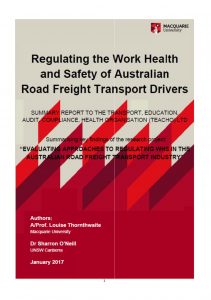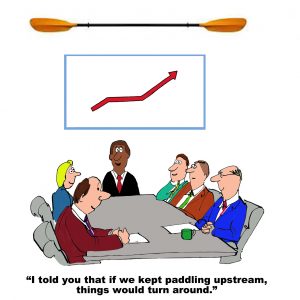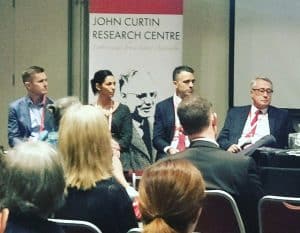
Workplace safety is an integral element of managing any business. The acceptance of this reality by business leaders is restated every time a Chief Executive Officer claims that “safety is our number 1 priority”. The mismanagement of safety and health can also subject personal and corporate reputations to considerable damage So it is reasonable to expect some mention of occupational health and safety (OHS) in a recent survey from the Australian Industry Group concerning business prospects for 2019. Nah, nothing.


 The strong readership of the article on truck driver safety based on the
The strong readership of the article on truck driver safety based on the 

